Participate in ongoing surveys by checking out the Public Power Surveys page.
Public power utilities are one of three primary types of electric utilities that serve customers in the United States. Public power utilities are not-for-profit, community-owned, and locally governed.
Our Signature Reports
Our reports offer more insight into public power and its role in the electricity industry.
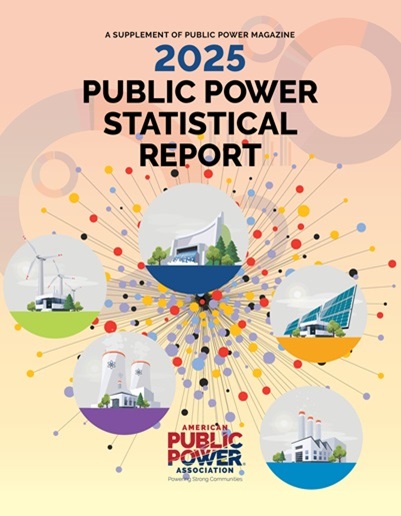 | 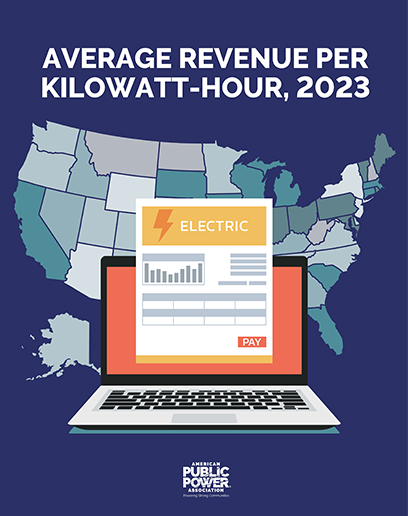 | 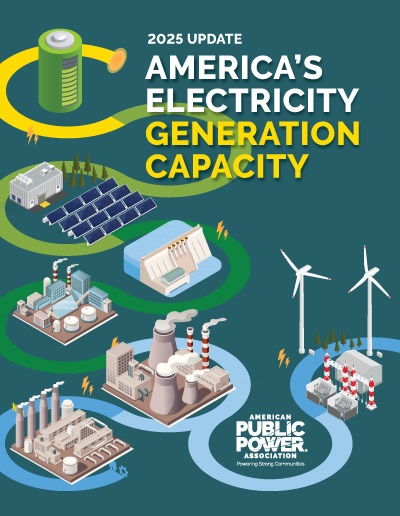 | 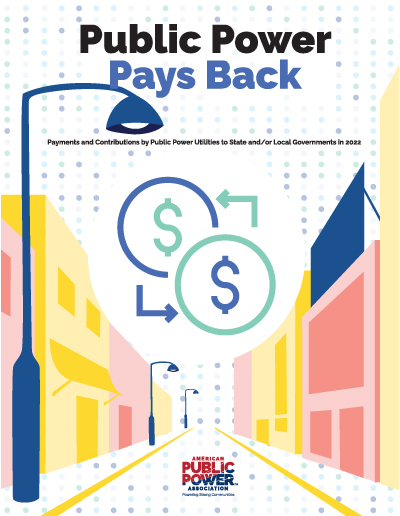 |
| Public Power Statistical Report | Average Revenue per Kilowatt-Hour (member access only) | America's Electric Generating Capacity | Public Power Pays Back |
About Public Power
Public Power |
Rural Cooperatives |
Investor-Owned Utilities | |
|---|---|---|---|
| Model | Publicly owned, not for profit | Privately owned, not for profit | Privately owned, for profit |
| Accountable to | Community | Members | Shareholders |
| Share of Utilities | 59% | 26% | 5% |
| Share of Customers | 15% | 13% | 66% |
| Share of Generation | 9% | 4% | 34% |
Numbers do not add up to 100% because this does not show federal power agencies, power marketers, community choice aggregators, behind-the-meter, and non-utility generators.
Workforce
| Public power employs more than 100,000 workers. Members can find information on public power employees’ salaries and benefits in the Public Power Utility Salary Survey Report. |
Affordability
As a whole, public power utilities have lower rates than other types of electric utilities. Public power utilities have the lowest overall rate in 35 states. In 2023, the average residential rate for public power utilities nationwide was 14 cents per kilowatt-hour. Looking at simulated average monthly electricity use and rates, public power customers have the lowest bills and pay 13% less than customers of other utility types. | 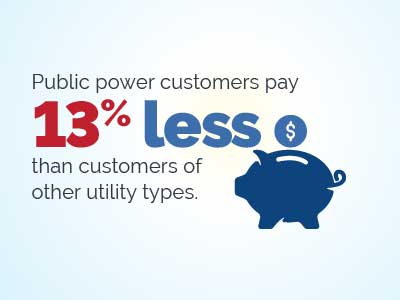 |
Sustainability
In 2023, approximately 41% of public power-owned utility generation was from clean energy sources. In addition, public power providers buy a significant portion of their supply from other providers, including federal hydropower facilities and most of the wind and solar energy for their portfolios. Public power utilities recognize the importance of reducing emissions. Carbon dioxide (CO2) emissions from public power utility owned generation decreased 31% between 2005 and 2022. Several public power utilities have reached significant clean energy milestones, including operating 100% renewable systems. View our Public Power Clean Energy Commitments Tracker. | 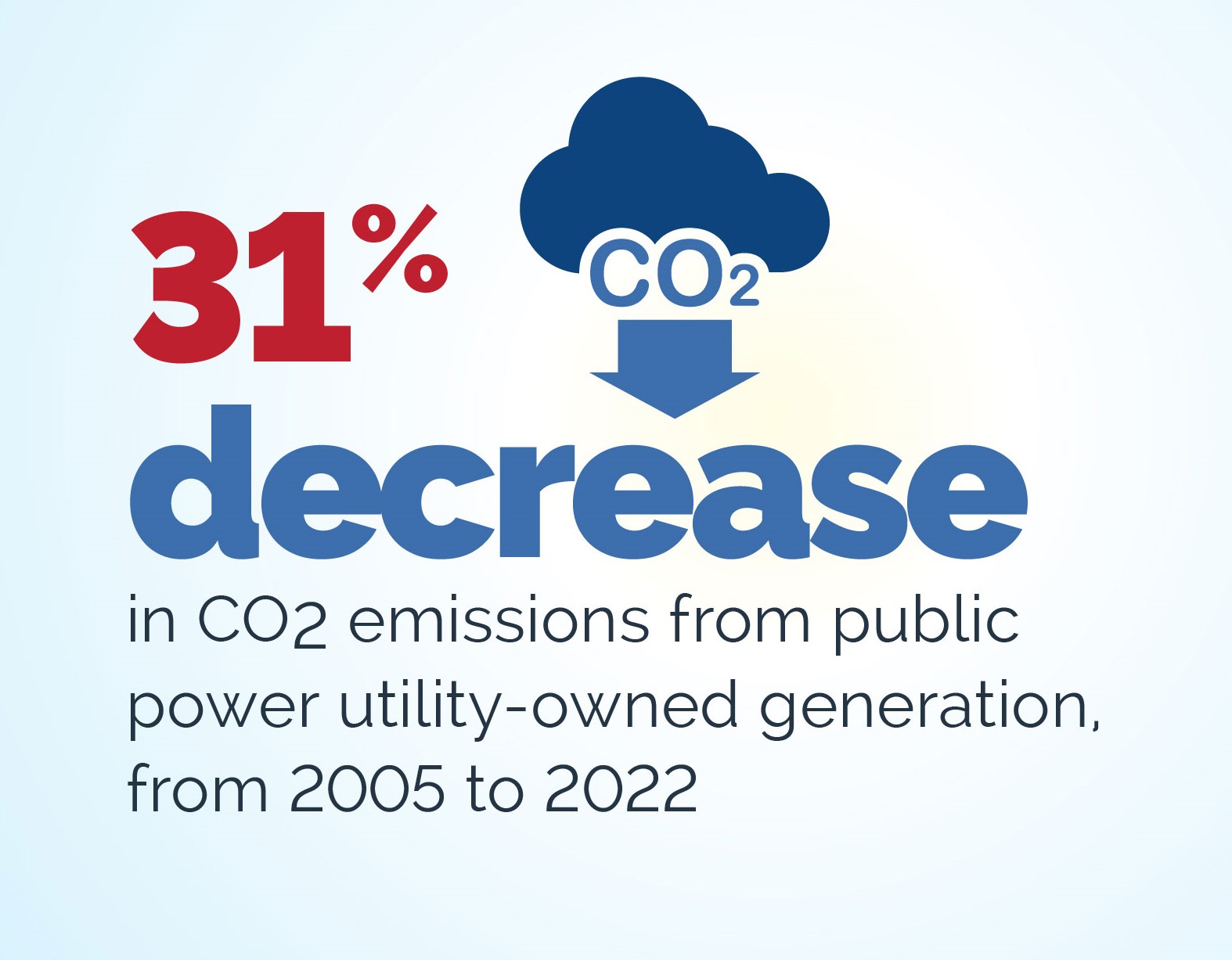 |
Reliability
Public power utilities deliver more reliable electric service. In 2023, customers of public power utilities experienced 1.5 fewer hours without power (without major events) and over 4.5 fewer hours without power (with major events) than customers of other utilities. Subscribers to the eReliability Tracker can find more information about reliability by region, customer class, frequency of interruptions, and outage causes in a customized annual reliability report. Explore more reliability data showing public power's advantage. | 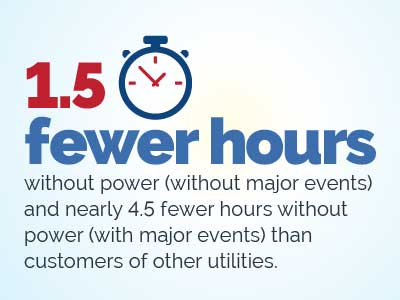 |
Community Focus
Public power utilities often run as a division of local government. Most are governed by a city council or an independent utility board. Learn more in our Public Power Governance Survey Report. Public power supports strong local economies. Public power utilities invest in their communities through payments in lieu of taxes, providing hometown jobs, offering free or reduced cost electric services for certain facilities (such as parks or government buildings), supporting local causes and charities, and more. In 2022, public power utilities contributed a median of 5.1% of electric operating revenues back to the communities they serve. Learn more about public power’s contributions to state and local communities in the Public Power Pays Back report. | 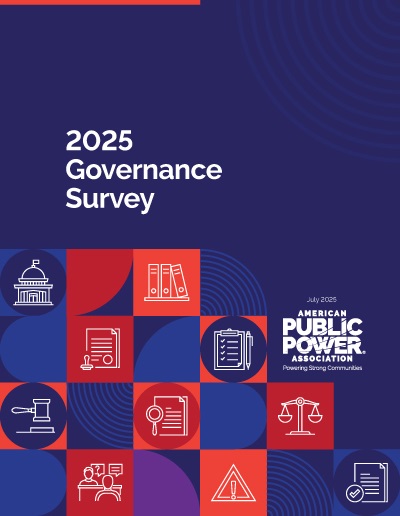 |
